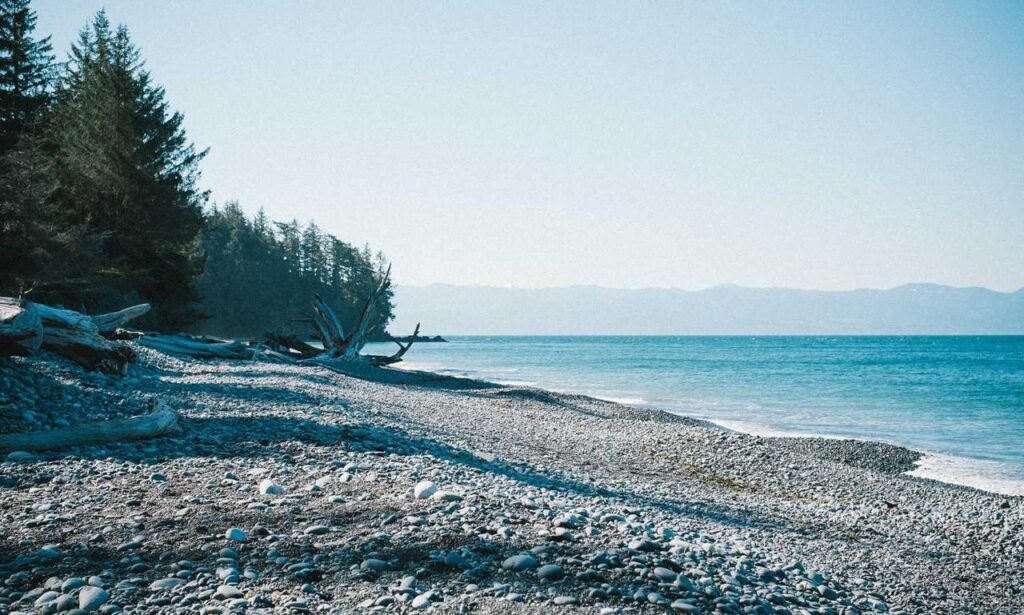What Is a Ponadiza?
The ponadiza is essentially a type of overhang or projection that extends from a wall — usually serving as a sunshade, rain guard, or additional structural feature. It can be made of wood, concrete, or metal. You’ll find them hanging above windows, doorways, or even extending from roofs.
In hot climates, the ponadiza does real work: it blocks harsh sunlight, reduces indoor heat, and helps keep interior temperatures cooler without cranking up the AC. In rainy regions, it acts as protection for entrances and walkways.
Function aside, it’s also a design play. A wellplaced ponadiza can add dimension, break the monotony of flat walls, and guide the eye across the facade.
History and Origins
The word “ponadiza” might not be globally mainstream, but variations of this concept date back centuries. You’ll see early iterations in Mediterranean, Latin American, and Middle Eastern structures. The principle is the same: extend protection outward, minimize indoor discomfort, and do it with style.
Indigenous construction techniques relied on local materials and climateadapted design long before modern HVAC systems. The ponadiza was part of that intelligence — a passive design element that made a big impact.
Design Considerations
If you’re thinking of adding a ponadiza to a structure, a few things matter:
Angle and Orientation: A shallow angle may look sleek but won’t block summer sun. Get the math right. Material Choice: Wood adds warmth, concrete gives a brutalist edge, and metal can be modern or industrial. Load and Support: Don’t just bolt it up and hope. The extension needs proper anchoring; otherwise, it’s a liability.
Make sure the projection fits with the scale of the building. Outsize overhangs on narrow walls look awkward, while undersized ones fail to do their job.
Ponadiza and Passive Design
One of the smartest ways to incorporate ponadiza elements is through passive design strategies — those that reduce energy use without heavy machinery. For instance:
A northfacing ponadiza in the southern hemisphere can limit harsh summer sun while still letting in light during cooler months. Paired with crossventilation, it can help maintain indoor air quality and comfort.
Think of it as an analog solution in a digital world. You’re reducing reliance on ACs and fans, and instead using physics and geometry to your advantage.
Style Inspiration
The ponadiza isn’t onelookfitsall. It adapts. In modern homes, a thin steel sheet can float above glass walls. On traditional adobe homes, it’s often a timber beam structure with clay tiles. Here are a few stylings that make sense:
Minimalist Modern: Think cantilevered concrete slabs or folded metal. Rustic Charm: Exposed wood beams with slatted covers that filter light. Urban Industrial: Steel frames with perforated panels — shade with texture.
Use the ponadiza as a cue to build tone and texture into your exterior spaces.
Build It Right: Tips That Matter
Consult Structural Engineers when extending projections more than 2 feet. Use WeatherResistant Materials — sun, rain, and time will test them. Factor In Drainage — a poorly managed ponadiza can funnel water where you don’t want it.
Also, keep maintenance in mind. That charming wooden overhang today could rot and sag in five years if not properly sealed. Be realistic.
Common Mistakes to Avoid
There are two kinds of wrong with ponadiza use — bad positioning and poor proportion. Here’s what to watch for:
Too Small: Won’t provide enough shade or protection. Too Long: Might block daylight or become a bird perch nightmare. Wrong Angle: Stunning design no one can enjoy because the sun still fries the place.
Avoid going overboard on decorative brackets or using materials that contrast too sharply with the main structure. Subtle works better.
Integrating with Landscaping
Don’t forget the environment around it. A ponadiza paired with plants can cool even better — vines growing over trellises, climbing greenery softening hard lines. A smart designer layers functional shading with green elements.
Pavers under a doorside ponadiza, plus a leafy shrub nearby? That’s comfort. That’s calm. And it takes no extra power.
Final Thought
Sometimes, the best architectural features aren’t new — they’re ancient ideas updated for today. The ponadiza is one of those quiet, smart solutions that works hard without being flashy. Whether you’re designing for sun, rain, or style, it belongs on your radar. Use it right, and your structure won’t just look sharp — it’ll live better too.
